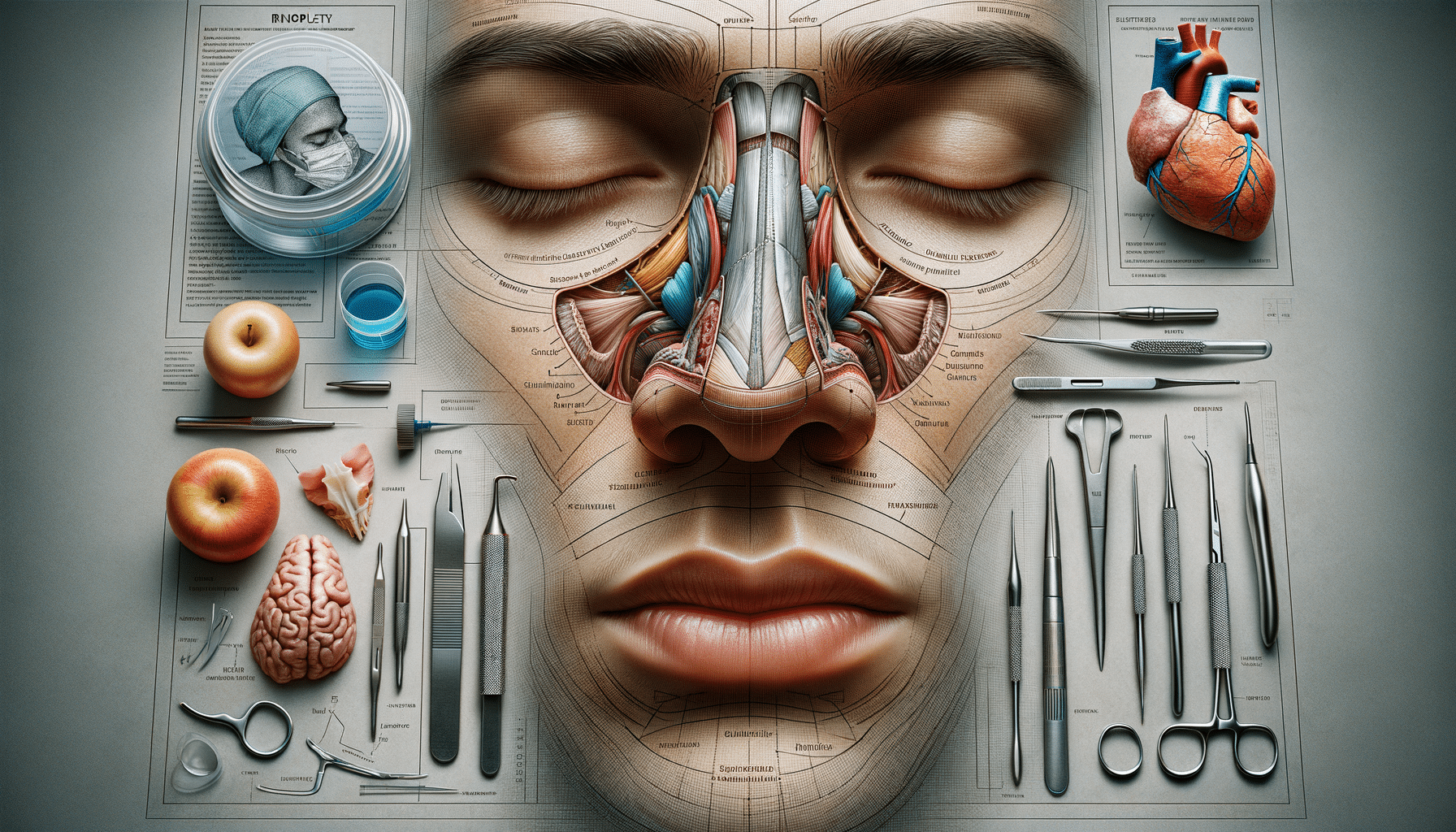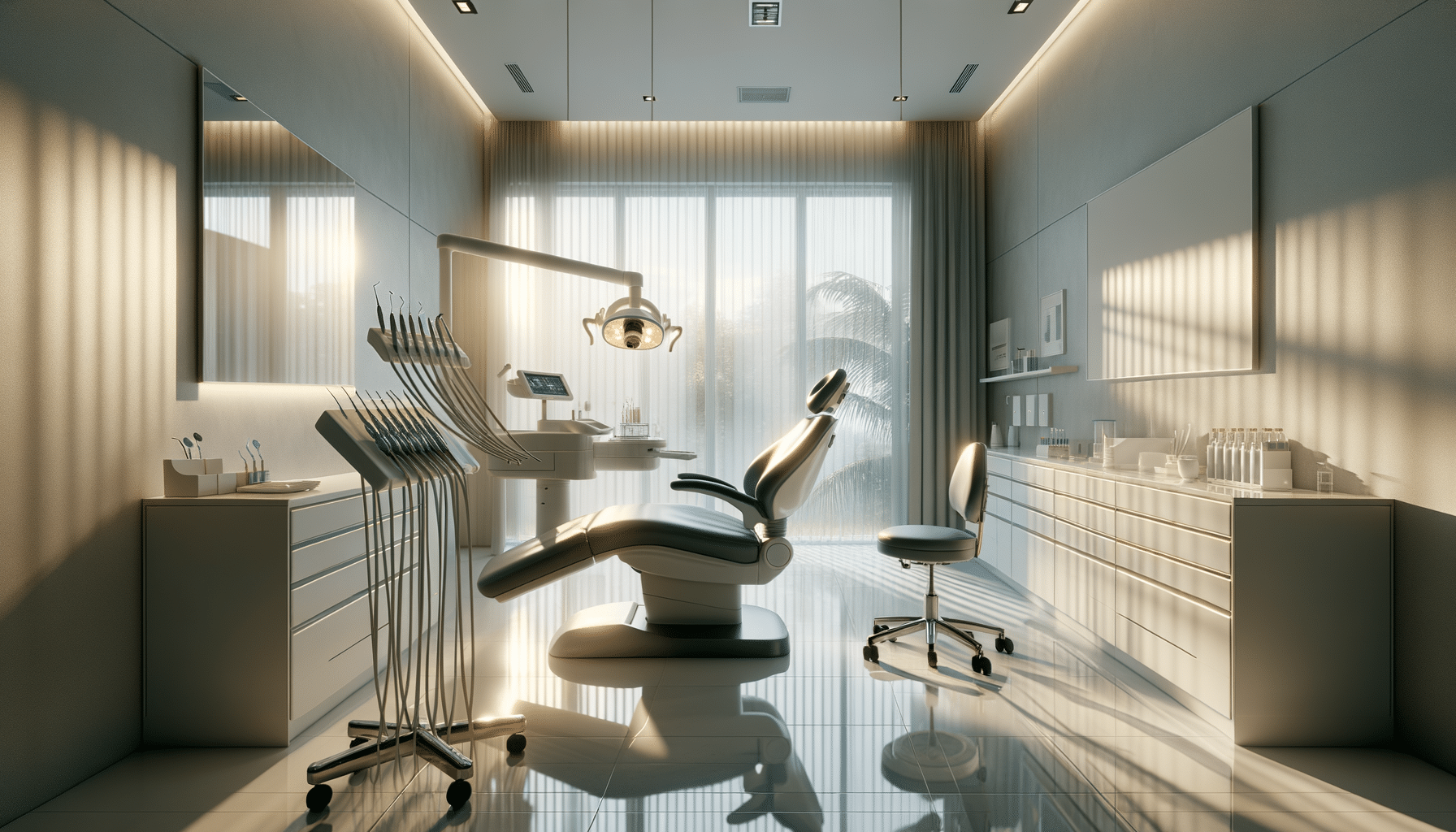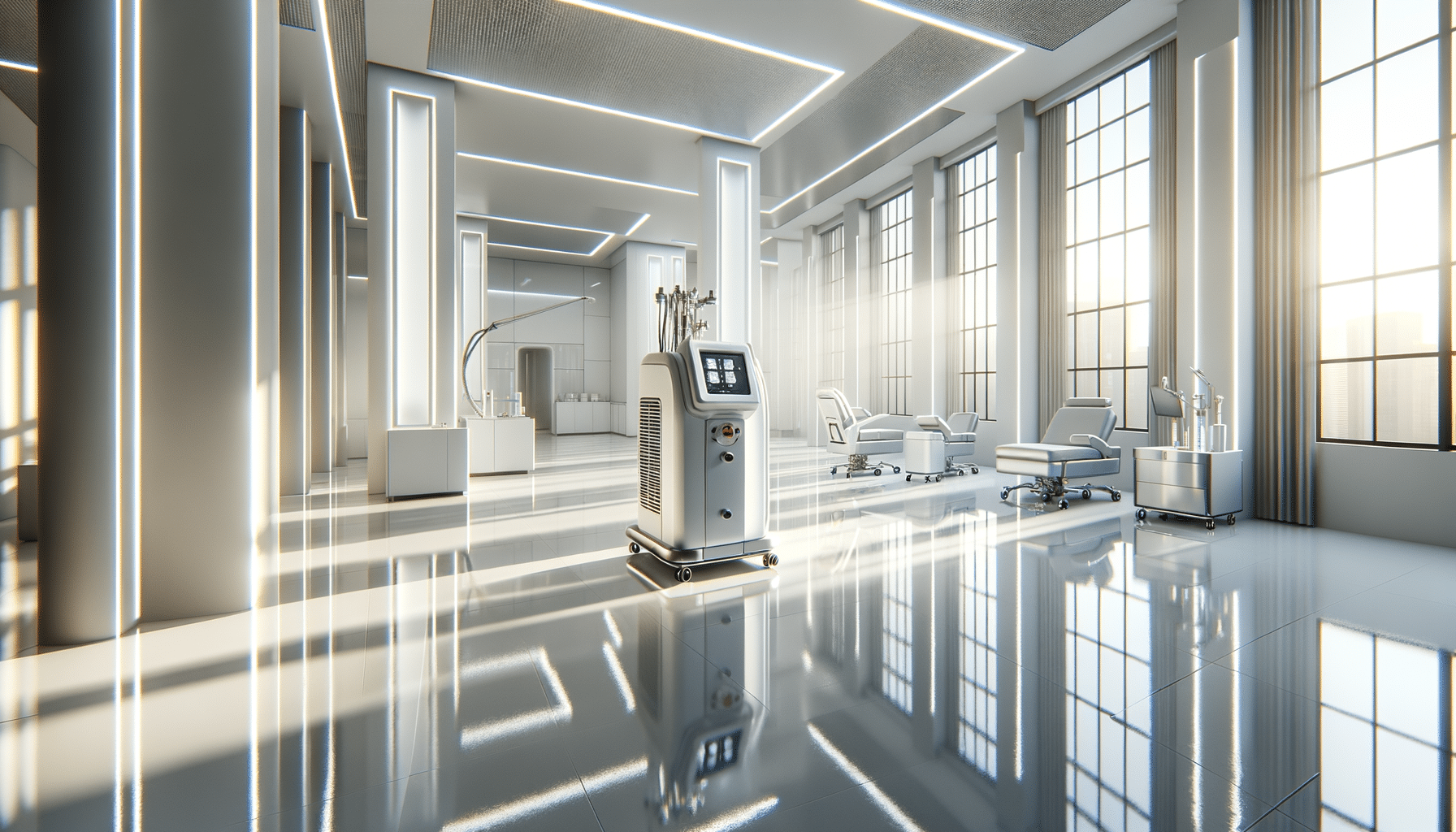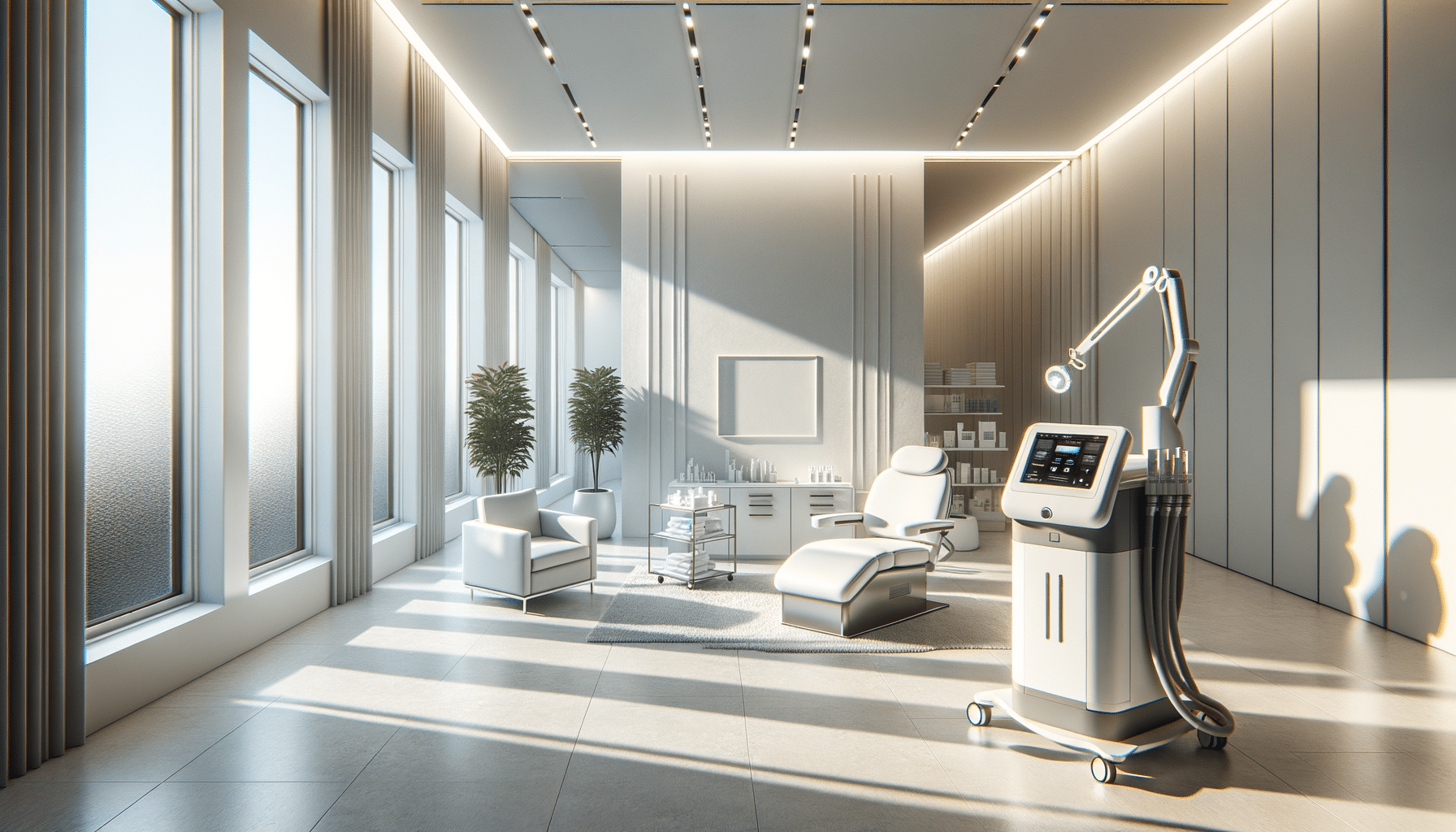
Rhinoplasty Surgery Insights and Considerations
Understanding Rhinoplasty: An Overview
Rhinoplasty, commonly referred to as a nose job, is a surgical procedure designed to alter the shape of the nose for either aesthetic or medical reasons. This surgery can address various issues, such as improving the appearance of the nose, correcting breathing problems, or repairing deformities resulting from injury. With its ability to transform facial harmony, rhinoplasty has become a popular choice for individuals seeking to enhance their appearance.
The significance of rhinoplasty extends beyond cosmetic appeal. It plays a crucial role in addressing functional problems, such as a deviated septum, that can affect breathing. The procedure involves reshaping the bone and cartilage of the nose to achieve the desired outcome. Given its complexity, rhinoplasty requires a skilled and experienced surgeon to ensure both aesthetic and functional success.
Patients considering rhinoplasty should be aware of the various approaches available, including open and closed techniques. The choice between these methods depends on the specific goals of the surgery and the surgeon’s expertise. Understanding the nuances of these techniques can help patients make informed decisions about their surgical options.
The Surgical Techniques Involved in Rhinoplasty
Rhinoplasty involves two primary surgical techniques: open and closed rhinoplasty. Each method has its unique advantages and considerations, making it essential for patients to understand the differences before proceeding with surgery.
Open rhinoplasty involves making an incision across the columella, the tissue between the nostrils, allowing the surgeon to lift the skin and gain better visibility of the nasal structures. This approach is often preferred for complex cases, as it provides greater access to the nasal anatomy, facilitating precise reshaping.
On the other hand, closed rhinoplasty involves incisions made within the nostrils, resulting in no visible scarring. This technique is generally used for less extensive reshaping and is associated with a shorter recovery time. However, it may not be suitable for all cases, particularly those requiring significant structural changes.
Choosing the appropriate technique depends on various factors, including the patient’s goals, the complexity of the procedure, and the surgeon’s expertise. Patients should engage in thorough discussions with their surgeons to determine the most suitable approach for their needs.
Recovery and Aftercare: What to Expect
Recovery from rhinoplasty is a critical phase that requires patience and adherence to post-operative instructions. Understanding what to expect during this period can help patients prepare for a smooth recovery and optimal results.
Immediately after surgery, patients can expect swelling and bruising around the nose and eyes, which typically peaks within the first few days. To minimize discomfort, surgeons often recommend using cold compresses and keeping the head elevated. Pain management may involve prescribed medications to alleviate any discomfort.
The initial recovery period usually lasts one to two weeks, during which patients are advised to avoid strenuous activities and protect the nose from any potential impact. It’s essential to follow the surgeon’s guidelines regarding cleaning and caring for the surgical site to prevent infection and promote healing.
While most swelling subsides within a few weeks, it may take several months for the final results to become fully apparent. Patients should attend follow-up appointments with their surgeons to monitor progress and address any concerns that may arise during the healing process.
Cost Considerations and Financial Planning
The cost of rhinoplasty can vary significantly based on several factors, including the surgeon’s experience, the complexity of the procedure, and the geographic location of the practice. Understanding these financial aspects is crucial for patients considering this transformative surgery.
Rhinoplasty costs typically include the surgeon’s fee, anesthesia fees, and facility charges. Additional expenses may arise from pre-operative consultations, medical tests, and post-operative care. Patients should request a detailed breakdown of costs during their initial consultations to avoid any surprises.
Insurance coverage for rhinoplasty is generally limited to cases where the surgery addresses functional issues, such as breathing problems. Cosmetic procedures are typically not covered, making it important for patients to explore financing options or payment plans offered by the surgeon’s practice.
Financial planning for rhinoplasty should involve a comprehensive assessment of personal finances and a clear understanding of the payment options available. Patients should prioritize selecting a qualified surgeon over cost considerations to ensure the best possible outcome.
Choosing the Right Surgeon: Key Considerations
Selecting the right surgeon is a pivotal decision in the rhinoplasty journey. With numerous practitioners offering this procedure, patients must carefully evaluate their options to ensure a successful and satisfying outcome.
Key factors to consider when choosing a rhinoplasty surgeon include:
- Experience and Expertise: Look for a surgeon with extensive experience in performing rhinoplasty, particularly in cases similar to yours.
- Board Certification: Ensure the surgeon is board-certified in plastic surgery or a related specialty, indicating adherence to high standards of practice.
- Patient Reviews and Testimonials: Reading reviews and testimonials from previous patients can provide valuable insights into the surgeon’s skills and patient satisfaction.
- Before-and-After Photos: Reviewing a surgeon’s portfolio of before-and-after photos can help gauge their aesthetic style and capabilities.
Patients should also schedule consultations with potential surgeons to discuss their goals, ask questions, and assess their comfort level with the surgeon’s approach. A thorough evaluation of these factors can lead to a successful rhinoplasty experience.


